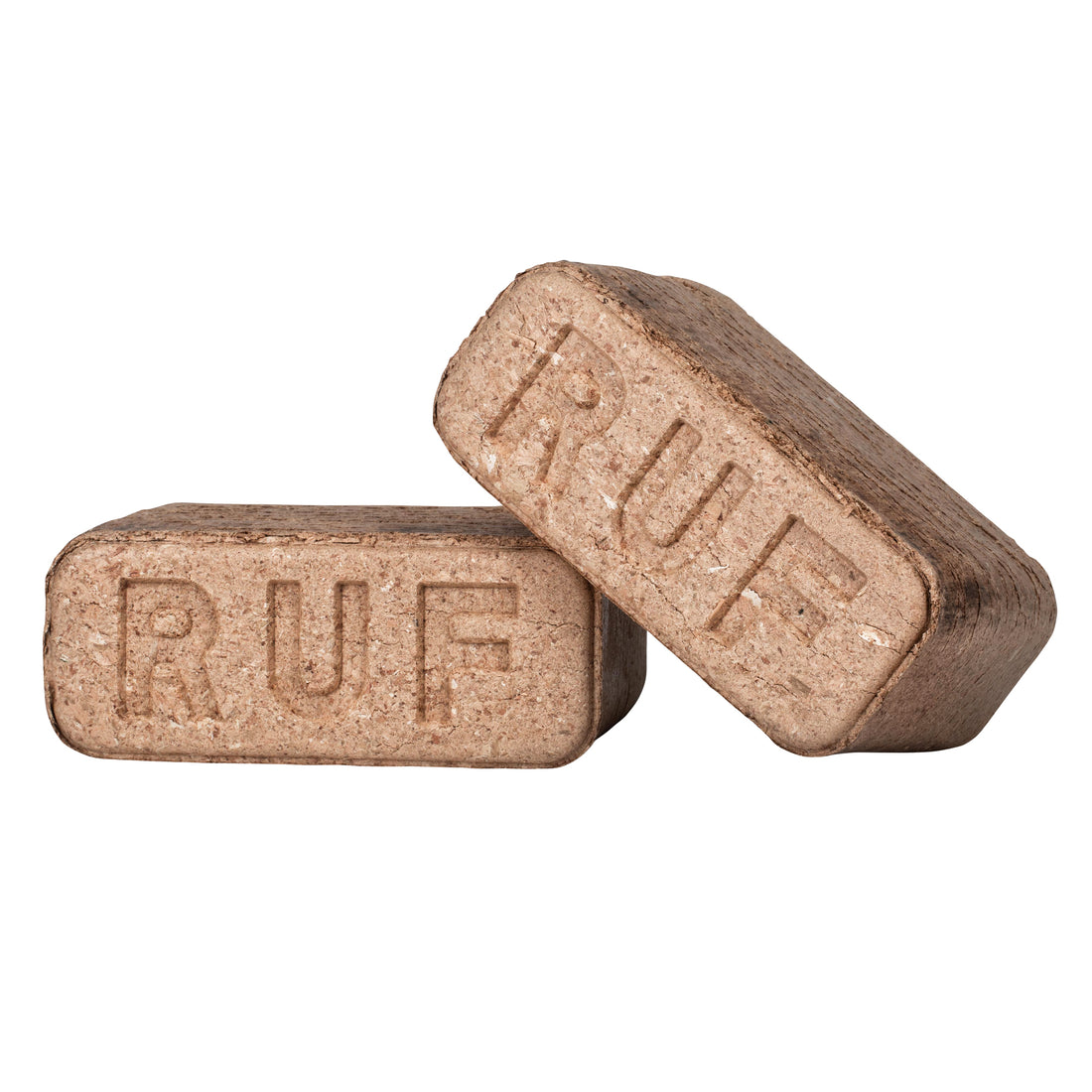
An Introduction to Briquettes
When it comes to fuelling your fire, there are various options available. One popular choice is briquettes. These compact blocks of fuel are widely used for cooking, heating, and even in industrial applications. But did you know that there are different types of briquettes?
In this blog post, we will explore the various types of briquettes and their unique characteristics.
What are Briquettes Made of?
Briquettes are typically made from compressed biomass materials, such as sawdust, wood chips, or agricultural waste. These materials are combined with a binding agent, such as starch or clay, to hold the briquettes together. The mixture is then compacted under high pressure to form the final product.
Charcoal Briquettes
Charcoal briquettes are one of the most common types of briquettes available. They are made from charcoal dust, which is a residue obtained from charcoal production. Charcoal briquettes are known for their high heat output and long burn time. They are often used for grilling and barbecuing due to their consistent heat and low smoke production.
Wood Briquettes
Wood briquettes, also known as biomass briquettes, are made from compressed wood particles. They are a renewable source of energy and are considered more environmentally friendly compared to traditional firewood. Wood briquettes have a high energy density and produce less smoke and ash, making them ideal for heating stoves and fireplaces.
Coal Briquettes
Coal briquettes are made from coal dust and a binding agent. They are widely used in industrial applications, such as power generation and manufacturing processes. Coal briquettes have a high carbon content, which makes them an efficient and cost-effective fuel source. They provide a steady and consistent heat output, making them suitable for large-scale operation but produce more ash.
Peat Briquettes
Peat briquettes are made from compressed peat, a type of organic matter found in wetlands. They are commonly used in Ireland and other regions with abundant peat resources. Peat briquettes have a high calorific value and produce a pleasant aroma when burned. They are often used for domestic heating and are known for their long burn time.
Conclusion
As you can see, there are various types of briquettes available, each with its own unique characteristics and applications. Whether you are grilling, heating your home, or powering an industrial process, there is a briquette that suits your needs. Consider the specific requirements of your fire and choose the appropriate type of briquette to achieve optimal results.
Remember, always follow the manufacturer's instructions and safety guidelines when using briquettes. Enjoy the benefits of these versatile fuel sources while minimizing environmental impact and maximizing efficiency.
